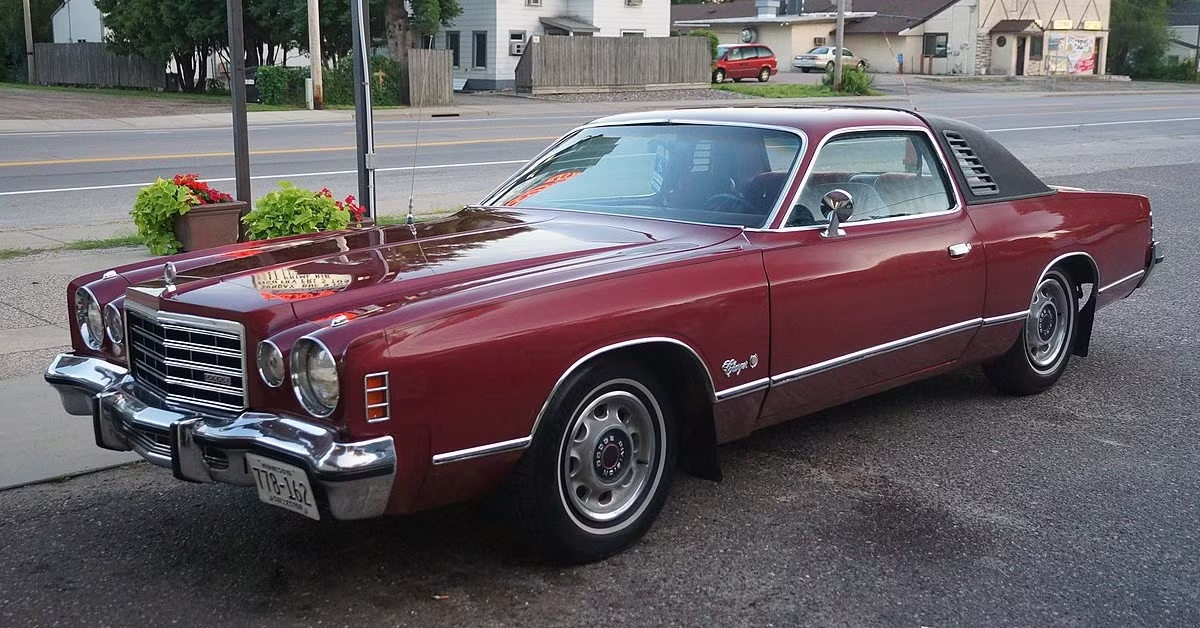It seems all vehicle manufacturers were (and are) guilty of it – “badge engineering” or doing as little as possible to distinguish one brand or model of car from another, in an effort to save costs.
Mitsubishi Suzuki
North American manufacturers were especially egregious – with the pinnacle perhaps being reached in the decades of the 70’s and 80’s. But British Leyland also was known to “swap out grilles” on its many Mini clones. Even today, in Japan’s kei-car class, there’s no difference between a Suzuki Every Wagon and a Mitsubishi Town Box other than the badge on the same grille.
One of my favorite commercials is the mid-’80’s Lincoln ad with the high rollers coming out to pick up their cars…and stumble over which is the Caddy, Olds or Buick. You know that had to cause a lot of gnashing of teeth at GM headquarters.
But even with this example of GM’s look-alike C-Bodies of the mid/late-’80’s, I think there’s another that’s even better (worse?).
Since there are so many to choose from, let’s confine ourselves to the ’70’s and ’80’s – and my pick is the 1975 Chrysler Cordoba and Dodge Charger.
What makes it my pick is the stark contrast of the 75 Charger with its previous three-generations of predecessors. While the 66-67 Charger wasn’t a huge sales hit, it was definitely unique. Then we were blessed with the beautiful ’68-’70 models. Finally there were the ’71-’74 fuselage years.
Then we get to the 1975, which even a two-year old could tell was a Cordoba with a slightly different grille and hood medallion, and some louvres over the opera windows. But I guess we can’t heap too much scorn on Chrysler – they were in terrible financial shape at the time, and would require a federal bailout to stave off bankruptcy just four years later.
I guess it’s not surprising that in the ’90’s, Chrysler would give up on the pretense altogether and sell the same Neon with Dodge and Plymouth badges.
Ford Escort and Mercury Lynx? Chevy Monza/Buick Skyhawk/Olds Starfire/ Pontiac Sunbird? Chevy Cavalier and Cadillac Cimarron? Chevette and T1000? Dodge Aries and Plymouth Reliant?
There are so many – what’s your pick?

























Australian Senator Button car plan
Going from memory here.
Holden Commodore / Toyota Lexcen
Toyota Camry / Holden Apollo
Toyota Corolla / Holden Nova
Falcon Ute / Nissan Ute
justy mentioned the Ford Maverick above
Nissan Pintara / Ford Corsair
Hopefully I haven’t forgotten any and they are around the right way, If it even matters.
Nissan Pulsar/Holden Astra, though it’s true higher versions did in fact get a GM-Holden engine (the Family II out of Port Melbourne).
Blimey, I’d forgotten the Pintara/Corsair, probably from trauma. I’ve driven top and bottom of the range, and whilst the manual 2.4 was crudely quick, they were truly horrid cars.
And in true Nissan style, very hard to kill, despite prayers and curses for them to be exorcized from our presence, and Ford or Nissan, a fervent wish that the cars would fall off the badges for good.
The NUMMI Nova/Prism was a great car. It allowed the cheapskate to bypass the Toyota dealer to buy the most durable transportation appliance ever made, the Corolla. The Chevy dealers were always giving out better deals. You could also save a few thousand buying one used cause the stink of the Chevy(or Geo) badge caused it to depreciate like a stone in water.
Id say its actually the best rebadge on this whole page.
Chevy suburban
GMC suburban
And it lasted for YEARS
Badge engineering?
They used the SAME NAME.
The row of GM A-bodies gets mentioned often. But I have to give GM credit because it wasn’t simply badge swapping. Each division got its own distinctive nose and tail, wheels or wheel covers, and dash.
I thought the Isuzu/Honda/Acura hookup was amazing. The Honda Passport and Acura SLX were just grille changes. I put an SLX grille on my Tropper and confused a lot of people, but honestly it was the better looking grille…